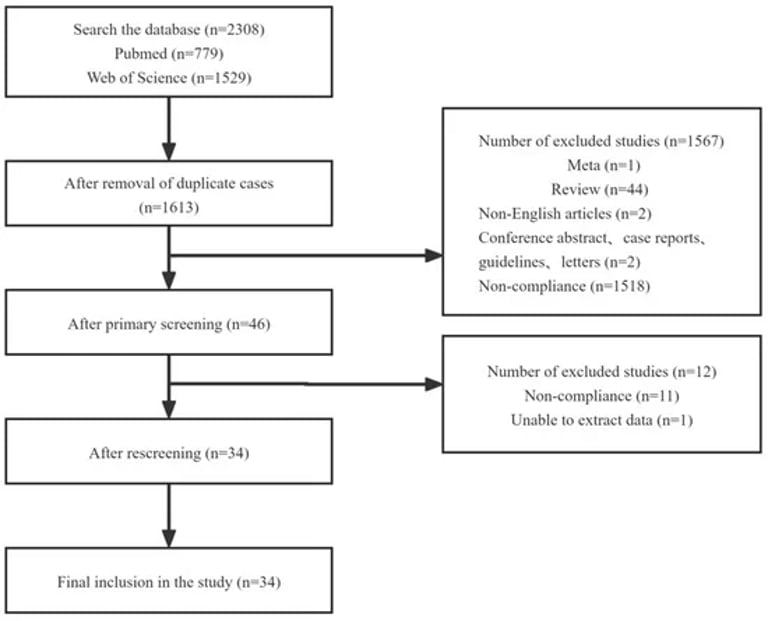Microplastics Cross Placental Barrier, Raise Miscarriage Concerns and Neurological Risks: New Study
July 30, 2024
Recent studies combining epidemiological, in vivo, and in vitro research have revealed a complex relationship between the size of micro/nanoplastics (MNPs) and their reproductive toxicity.
Significantly, MNPs have been shown to cross the placental barrier, raising concerns about their implications for fetal health and potential contributions to miscarriages.
This research underscores the critical need to understand the implications of MNP exposure on reproductive health, highlighting the necessity for further studies and public health considerations.
The review of existing literature emphasizes the potential effects of MNP exposure during pregnancy on the placenta, further stressing the importance of comprehensive risk assessments.
Moreover, exposure to environmental pollutants, particularly microplastics, poses significant risks to neurological health, potentially leading to oxidative stress and neurotoxicity.
Research indicates that all exposure conditions result in oxidative stress and alterations in antioxidant defense mechanisms, underscoring the complex interplay between environmental pollutants and neurotoxicants.
Utilizing zebrafish models, the study investigated the effects of MNPs in conjunction with ketamine and methionine on nervous system structures and oxidative stress levels.
Results indicated that MNPs interacted with ketamine and methionine, exacerbating lesions in the optic tectum, while co-exposure with both drugs showed reduced effects.
Histopathological analyses revealed significant structural changes in the optic tectum, including necrosis and altered cell proliferation dynamics in response to MNP and drug exposure.
To address gaps in traditional assessment methods, the study introduced the Targeted Risk Assessment of Environmental Chemicals (TRAEC) strategy, which evaluates the risks of MNPs.
The final TRAEC score of 5.63 suggests a moderate-to-low risk of reproductive toxicity associated with MNPs, which may increase with smaller particle sizes.
A lack of harmonized protocols and well-characterized MNPs hampers systematic studies, potentially leading to misinterpretation of toxicological data.
Summary based on 3 sources